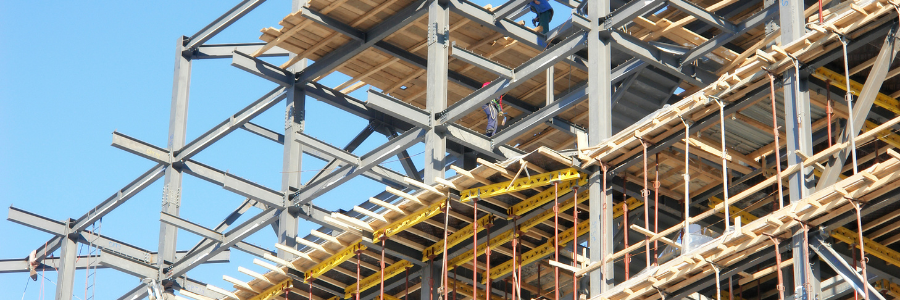
As a recruitment agency specializing in structural engineering, we understand the importance of recognizing the giants whose shoulders modern engineers stand upon. Today, we're highlighting four pioneers who revolutionized the field of structural engineering, paving the way for the impressive structures we see around us today.
1. Gustave Eiffel (1832-1923)
Best known for the iconic Eiffel Tower in Paris, Gustave Eiffel was a French civil engineer who made significant contributions to structural engineering. His innovative use of wrought iron in construction allowed for taller and more durable structures. Eiffel's work on the internal structure of the Statue of Liberty is another testament to his engineering prowess.
2. Fazlur Rahman Khan (1929-1982)
Often referred to as the "Einstein of structural engineering," Fazlur Khan revolutionized skyscraper design. His tube structural systems made it possible to build taller and more efficient buildings, including the Willis Tower (formerly Sears Tower) and the John Hancock Center in Chicago. Khan's innovations continue to influence modern skyscraper design.
3. Eugène Freyssinet (1879-1962)
Eugène Freyssinet was a French pioneer of prestressed concrete. This technique, which involves placing steel tendons under tension within the concrete, dramatically improved the strength and durability of concrete structures. Freyssinet's work laid the foundation for modern bridge design and construction.
4. Emily Warren Roebling (1843-1903)
While not formally trained as an engineer, Emily Warren Roebling played a crucial role in completing one of America's most iconic structures: the Brooklyn Bridge. When her husband, the chief engineer, fell ill, Emily stepped in to manage the project. Her dedication and self-taught engineering skills ensured the successful completion of this groundbreaking suspension bridge.
These pioneers pushed the boundaries of what was possible in structural engineering, inspiring generations of engineers to come. Their innovative thinking and problem-solving skills continue to be valuable traits in the field today, qualities we always look for in the talented structural engineers we place.










